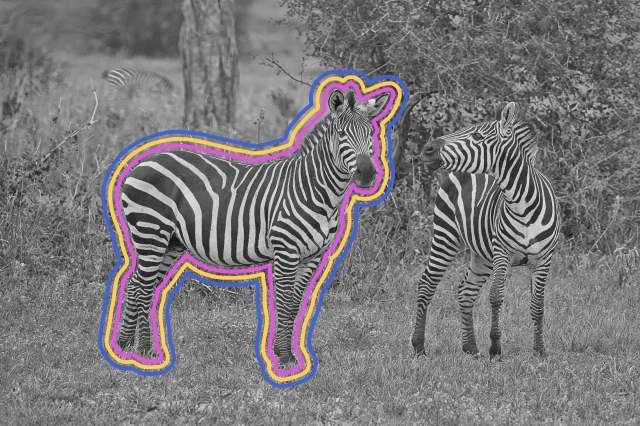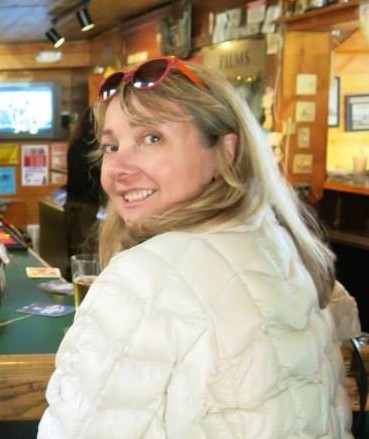
A Flamboyance of Flamingos
These outrageously pink birds basically define “flamboyance,” with their gracefully curved necks, dramatic habit of perching on one long leg, and their Barbie-pink or scarlet plumage. So it should come as no surprise that both their collective noun (“flamboyance”) and their name (“flamingo”) derive from French and Spanish (respectively) forms of the Latin word flamma, which means “flame.” Other fun bird words: A group of owls is known as a “parliament” or a “looming” (eerie!), and a gathering of peacocks is an “ostentation.”

A Sloth of Bears
The proper term for a group of bears is a “sleuth” or a “sloth.” Though bears aren’t related to the lethargic South American mammal, the words for the collective noun and the permanently smiling creature do share the same root. “Sloth” is derived from the Middle English word for “slow.” (There’s also an ursine species known as the “sloth bear.”) For no reason except fun, a group of pandas is known as an “embarrassment,” and a party of polar bears is called a “celebration.”

An Obstinacy of Bison
Americans call them “buffalo,” but the shaggy species that once covered the Great Plains is properly known as “bison.” And sure, we could just refer to a group of these large and stubborn creatures as a “herd,” but it’s much more fun to address them by their other collective noun — an “obstinacy.” Why an obstinacy? Ask anyone who has ever had their car blocked by them at Yellowstone, and you’ll have your answer.
More Interesting Reads

A Zeal of Zebras
There’s not a fancy scientific explanation as to how a herd of these black-and-white striped safari favorites came to be known as a “zeal.” (They’re also sometimes referred to as a “dazzle.”) But the term is, like many collective nouns, simply fun. The name even made it into the title of the book A Compendium of Collective Nouns: From an Armory of Aardvarks to a Zeal of Zebras. And speaking of safaris, anyone who’s witnessed the chaos of East Africa’s great migration will understand why a group of wildebeest is referred to as a “confusion.”

A Bloat of Hippos
They’re big and they seem to float, so let’s call a group of hippos a “bloat”! Although they may look rather comical, Hippopotamus amphibius (which don’t actually float but can nap underwater) are extremely aggressive. These rotund natives of sub-Saharan Africa are one of the largest — and deadliest — mammals on the planet.

A Kindle of Kittens, A Clowder of Cats
While a group of kittens born to the same mother is most commonly referred to as a “litter,” an assemblage of unrelated puffballs is called a “kindle” or, more rarely, an “intrigue.” Intriguing! Children will love the 1979 illustrated book A Kindle of Kittens by Rumer Godden and Lynne Byrnes, while language enthusiasts may enjoy the origin of “clowder,” which originated as a variant of the word “clutter.”












